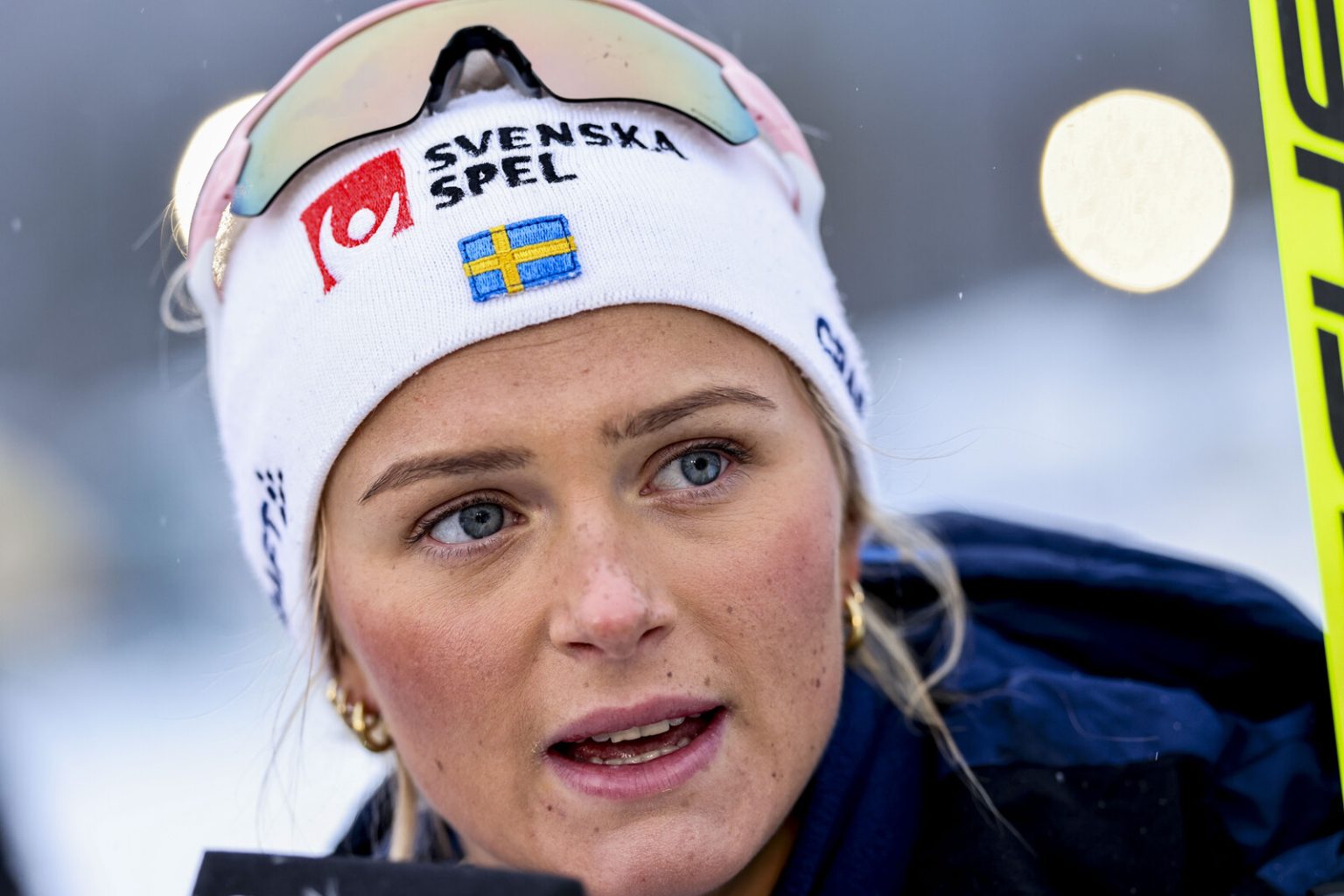Frida Karlsson’s absence from the upcoming skiathlon in Lillehammer underscores the cautious approach being taken to manage her return to competition following early-season injury setbacks. While showing promising signs of recovery with her participation in a ski race on Friday, the decision to withdraw from the skiathlon emphasizes a prioritization of long-term health and performance over immediate results. This cautious strategy, implemented in consultation with the coaching staff and medical team, aims to carefully calibrate Karlsson’s training load and competition schedule to ensure a sustainable and successful comeback, minimizing the risk of re-injury or exacerbating existing issues. The team’s focus is on gradually rebuilding her strength and stamina to peak performance levels for crucial races later in the season.
The deliberate pacing of Karlsson’s return highlights the complexities of managing athlete health in elite-level sports, where the pressure to compete is often countered by the necessity of prioritizing long-term well-being. The collaborative decision-making process involving the athlete, coaches, and medical professionals exemplifies a best-practice approach to injury management, emphasizing open communication and a shared understanding of the athlete’s condition and recovery trajectory. By prioritizing a gradual and controlled return to competition, the team aims to mitigate potential risks and ensure Karlsson’s readiness for the more demanding challenges that lie ahead in the season.
The decision not to call in a replacement for Karlsson reflects the team’s strategic approach to roster management and resource allocation. While Karlsson’s absence undoubtedly impacts the team’s competitive dynamic, the choice to maintain the existing roster suggests a confidence in the remaining athletes’ abilities and a commitment to providing them with valuable competition experience. This approach also underscores the importance of maintaining team cohesion and minimizing disruptions, especially during the early stages of the season, allowing athletes to establish their rhythm and build momentum.
Conversely, the inclusion of Moa Lundgren as a replacement for Linn Svahn, who withdrew due to illness, demonstrates the team’s adaptability and responsiveness to unforeseen circumstances. Lundgren’s selection provides an opportunity for her to contribute to the team’s performance while gaining valuable experience at the World Cup level. This flexibility in roster management allows the team to address immediate needs while simultaneously developing the depth of its talent pool. The strategic deployment of athletes in different competition scenarios contributes to the overall strength and resilience of the team.
The contrasting approaches to Karlsson and Svahn’s absences highlight the nuanced considerations involved in managing athlete health and competition participation. While Karlsson’s withdrawal reflects a deliberate and proactive strategy to manage her recovery from injury, Svahn’s absence necessitates a reactive adjustment to address an unforeseen illness. Both situations underscore the importance of a flexible and adaptable approach to team management, enabling the coaching staff to respond effectively to both planned and unplanned circumstances while prioritizing the well-being of individual athletes and the overall performance of the team.
In summary, Frida Karlsson’s absence from the Lillehammer skiathlon, coupled with Moa Lundgren’s inclusion as a replacement for Linn Svahn, underscores the multifaceted challenges of athlete management in high-performance sports. The careful management of Karlsson’s return from injury prioritizes long-term health and performance over immediate results, reflecting a strategic approach that balances competitive ambitions with the need for cautious rehabilitation. Simultaneously, Lundgren’s inclusion demonstrates the team’s adaptability and commitment to providing opportunities for athletes to gain valuable experience. These decisions highlight the dynamic interplay of athlete health, team strategy, and performance optimization in the pursuit of competitive excellence.














